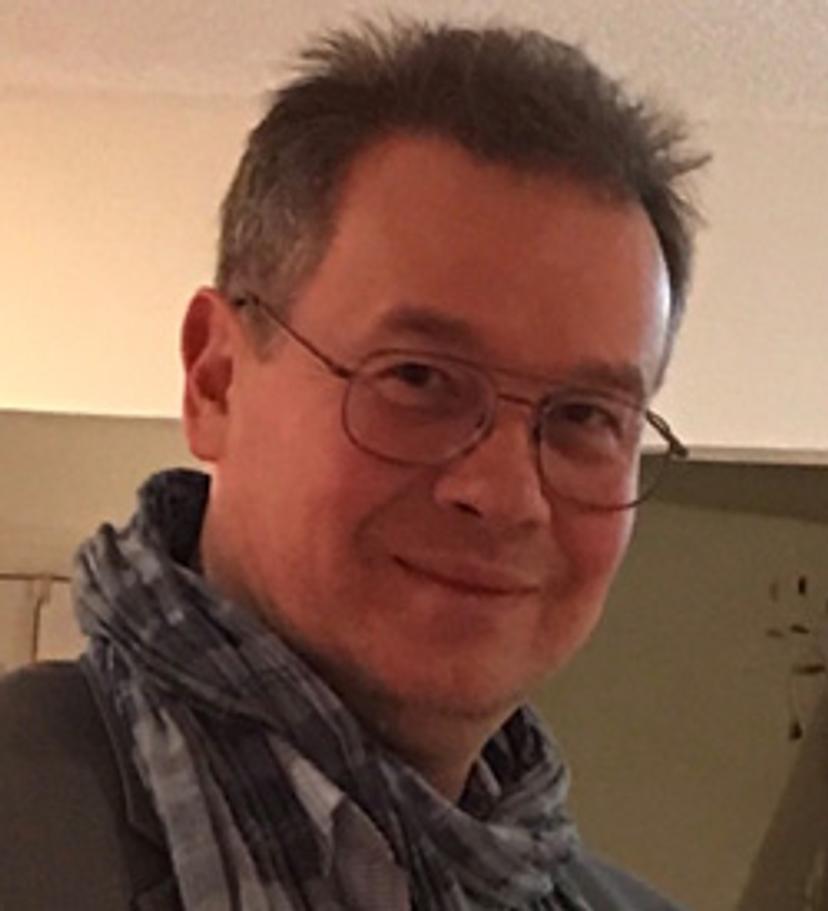Harnessing Infrared to Help Create the Materials of Tomorrow
Learn how researchers are using a state-of-the-art infrared beamline to measure the optical properties of technologically important compounds under extreme conditions
6 Dec 2018
We all have a tendency to take the trappings of modern technology for granted, whether it be our smartphones, digital cameras, computer hard disks, flat screen televisions or even the humble LED lightbulb. But these everyday devices, on which our western lifestyles have come to depend, rely heavily on some economically valuable naturally-occurring compounds which are generally in short supply within the Earth’s crust. The so-called rare-earth metals such as lanthanum and gadolinium, for example, and their magnetic oxides are an integral part of our modern devices and are also very useful in clean energy and defence technologies. Understanding their structure and properties — and particularly how those properties change over time in response to extreme environmental conditions — has application in fields such as nanoelectronics, spintronics and clean energy. It is therefore vital in our efforts to facilitate the invention of new devices that deliver the properties we need for tomorrow’s world.
Physicists use high-intensity light beams of various frequencies to measure those properties, and Government-sponsored research at the Brookhaven National Laboratory on Long Island, New York, is harnessing one of the world’s most advanced synchrotron radiation facilities to do just that. Based out of the New Jersey Institute of Technology, where he has spent the past 15 years, Professor Andrei Sirenko is a physicist and expert in optical spectroscopy who spends much of his research time at the National Synchrotron Light Source II at Brookhaven. Part of that time is dedicated to the ongoing development of a new ‘beamline’ called MET – the magneto-ellipsometric and time-resolved infrared spectroscopy beamline. This will be just one of an incredible 70 different beamlines which will be available for use at Brooklyn when the 3 billion electron-volts (3GeV) facility is running at full tilt and delivering on its mission to apply photon sciences and nanomaterials research to energy challenges of critical importance to the US.
The power of synchrotron radiation
Sirenko’s current research uses MET to ‘fire’ both mid-infrared and far-infrared light beams at rare-earth magnetic oxides. He then analyzes the polarization of the light that is both reflected by and transmitted through his samples, thereby enabling him to draw conclusions about a material’s structure and magnetic properties. Polarization is much more sensitive to the magnetic and structural properties of materials compared to, for example, intensity measurements. The resolution achieved is so precise that Sirenko is able to detect very weak magnetic and crystal field excitations in rare-earth magnetic oxides, in addition to the more regular electron excitations. Not only that, the MET facility allows Sirenko to subject those samples to extreme environmental conditions, such as powerful external magnetic fields, low temperatures and high hydrostatic pressures.

Light polarizers and the value of robust technology
The control and analysis of the polarized light reflected or transmitted by the sample material must operate when, for example, the sample is cooled to liquid helium temperatures (-270°C) or the external magnetic field is as large as 10 Tesla (an advanced MRI scanner is 3 Tesla for comparison). For this purpose, Sirenko uses a Müller-matrix ellipsometer allied with Specac’s FT-IR Wire Grid Polarizers.
The ellipsometer is unparalleled in its accuracy amongst all other infrared spectroscopy techniques and is free from what Sirenko terms “parasitic” effects, such as instabilities in the light source. He is similarly enthusiastic about Specac’s polarizers: “Specac polarizers turn out to be the best on the market in terms of extinction ratio for transmitted intensity, in both parallel and cross-configurations. Practically no maintenance is needed.”
Sirenko uses Specac’s free-standing wire polarizers in tandem in order to reduce extinction coefficients to the level of 1 in 1,000 (which is sufficient for all practical purposes) and asserts that: “Another advantage is that the free-standing polarizers are robust – they withstand accidental touches and they do not ‘sag’ if parked with wires orientated horizontally.”
Future Research
Looking ahead, Sirenko sees no let-up in his demand for polarizers allied to his ongoing ellipsometry studies, adding that: “We strongly recommend them to all our collaborators. They represent a great product at an affordable price.”
Find out more about Professor Sirenko’s research and how Specac’s FT-IR Wire Grid Polarizers could help you.
